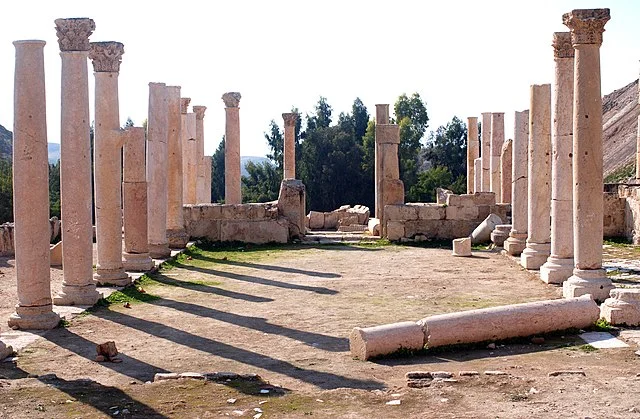Pella, Jordan, is one of the most significant archaeological sites in the Near East. It offers a rich historical record that spans multiple periods, beginning with the Neolithic era. Located in the northwestern part of Jordan, Pella lies in the modern-day Irbid Governorate. Its strategic location contributed to its prominence through different historical epochs.
Get your dose of History via Email
Historical Background
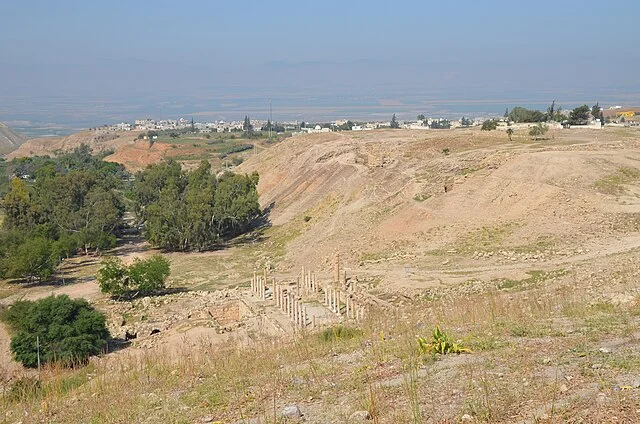
Pella has been inhabited since at least the Neolithic period, around 5000 BC. Archaeological evidence suggests that the site was continuously occupied through the Chalcolithic and Bronze Ages. By the Hellenistic period (332–63 BC), Pella became a significant urban center, known as one of the cities of the Decapolis—a group of ten cities on the eastern frontier of the Roman Empire.
Neolithic and Bronze Age Periods
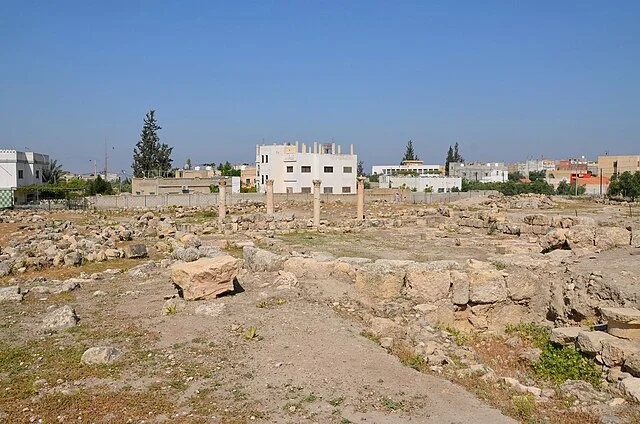
Pella’s early history is rooted in the Neolithic era. Excavations reveal evidence of early human settlement, including circular dwellings and stone tools. By the Early Bronze Age (circa 3300–2000 BC), Pella developed into a fortified settlement. The construction of defensive walls and religious structures marked this period. During the Middle and Late Bronze Ages (2000–1200 BC), Pella maintained its importance. The city was a hub for trade and agriculture, supporting a thriving community.
Iron Age and the Arrival of the Israelites
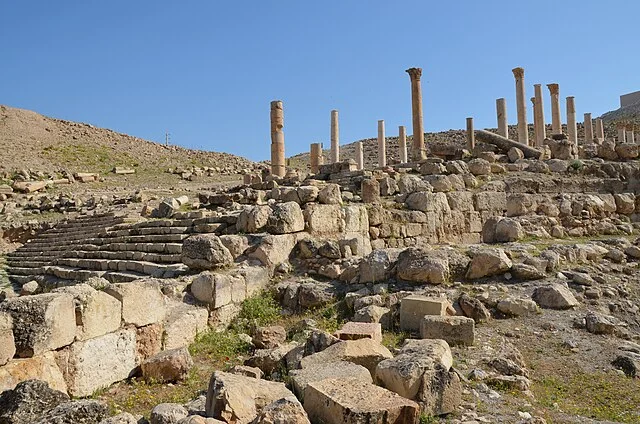
The Iron Age (1200–332 BC) saw the arrival of new cultural influences in Pella. During this time, the region experienced the influx of the Israelites. Pella was likely a part of the Northern Kingdom of Israel during this period. The city remained a significant urban center, evidenced by its large public buildings and fortified structures.
Hellenistic Period and the Decapolis
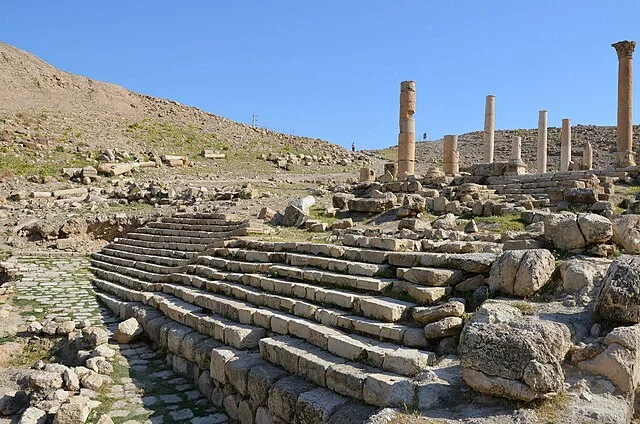
Pella reached its zenith during the Hellenistic period after Alexander the Great’s conquest of the region in 332 BC. Renamed Pella, after Alexander’s birthplace in Macedonia, the city became one of the Decapolis cities. The Decapolis was a group of ten cities that were centers of Greek culture in the predominantly Semitic region. Under Hellenistic rule, Pella flourished as a center of commerce, culture, and administration. The city was known for its temples, theaters, and public buildings.
Roman and Byzantine Periods
The Roman conquest of the region in 63 BC brought Pella under the control of the Roman Empire. The city continued to thrive, benefiting from Roman infrastructure, including roads and aqueducts. Pella’s prosperity persisted into the Byzantine period (AD 330–640). During this time, Christianity spread across the region, leading to the construction of several churches in the city. Archaeological remains from this period include elaborate mosaics and basilicas, reflecting the city’s Christian character.
Islamic Conquest and Later Periods
In AD 635, Pella came under Islamic control following the Battle of Yarmouk. The city’s significance declined during the early Islamic period. However, it remained inhabited throughout the Umayyad and Abbasid caliphates. A major earthquake in AD 749 devastated much of Pella, leading to a significant reduction in its population and importance.
During the medieval and Ottoman periods, Pella was reduced to a small village. It remained largely forgotten until modern archaeological excavations began in the 20th century.
Archaeological Discoveries
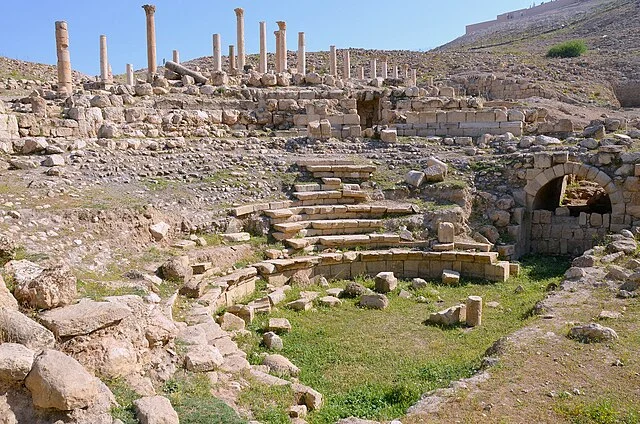
Modern archaeological work at Pella began in the early 1950s. Excavations have revealed layers of occupation from different historical periods. Some of the most notable discoveries include the remains of Bronze Age fortifications, Hellenistic temples, Roman public buildings, and Byzantine churches. These findings have provided invaluable insights into the city’s long history.
The extensive ruins at Pella illustrate the city’s historical importance. Archaeologists have uncovered evidence of urban planning, religious practices, and daily life across millennia. These discoveries have made Pella one of the most important archaeological sites in Jordan.
Conclusion
Pella, Jordan, is a site of immense historical and archaeological significance. From its origins in the Neolithic period to its role as a Decapolis city under Hellenistic and Roman rule, Pella has played a crucial role in the history of the region. The archaeological findings at Pella offer a window into the diverse cultures and civilizations that have inhabited this region for over seven millennia. Today, Pella continues to be a focus of scholarly research, offering new insights into the ancient Near East.
Souce:

